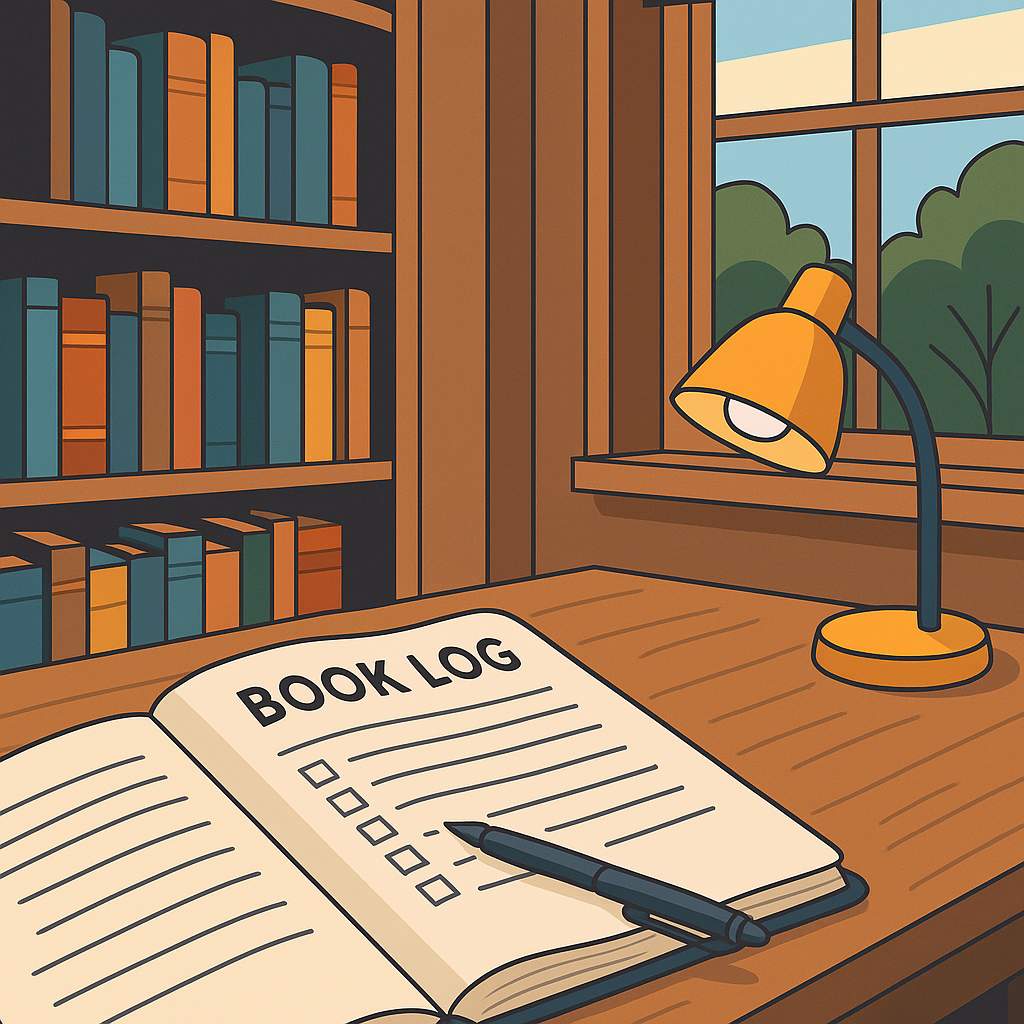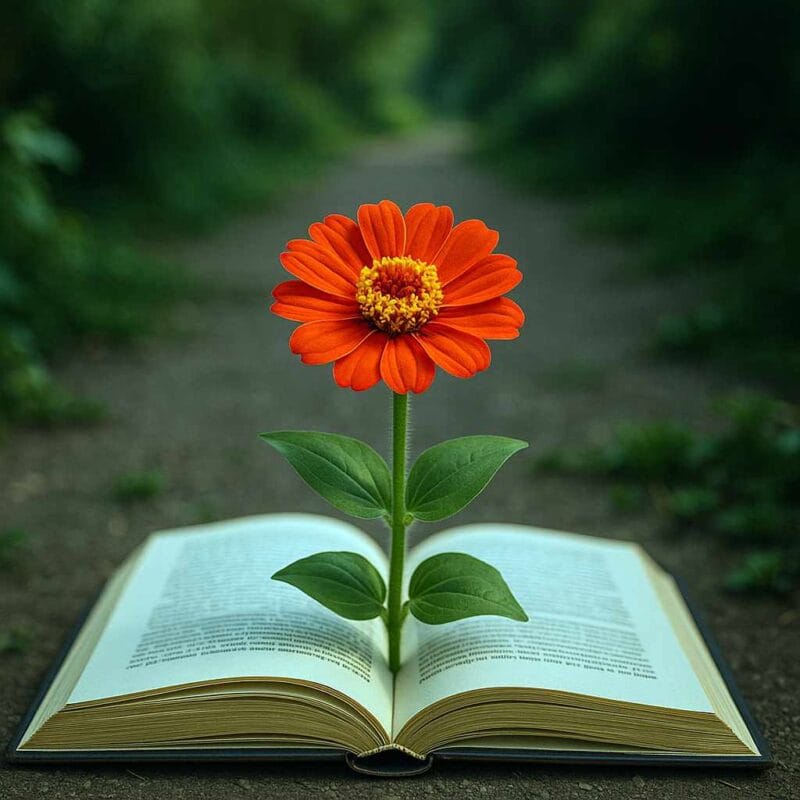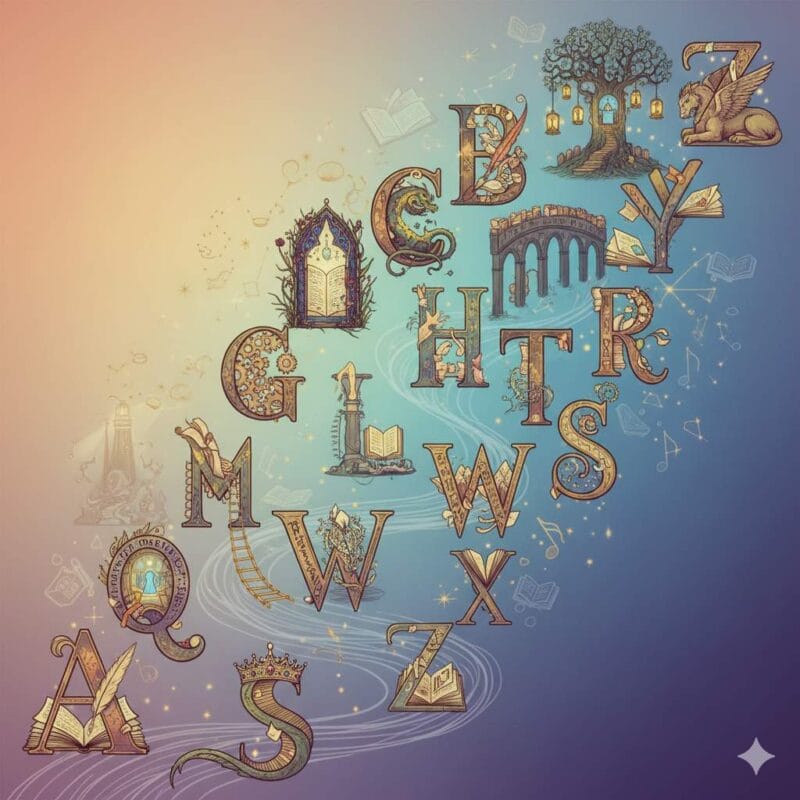A book log transforms reading into an enduring record of one’s engagement with literature. It gathers titles, thoughts, and fragments of discovery into a single thread of continuity. Whether maintained in a lined notebook, a digital tracker, or an annotated spreadsheet, it preserves the experience of reading in deliberate form. For many, the practice offers both order and reflection, a method of seeing how their reading life develops over time.
What is a book log?
A book log is a personal record that documents the books one reads, when they were read, and how they were received. It can include essential bibliographic details such as author, title, and publication date, alongside notes, reflections, and memorable quotations. The idea is not new. Early versions appeared as commonplace books, handwritten compilations in which thinkers like John Locke preserved passages and personal observations. The intent then, as now, was to create a reference system for knowledge and response.
Forms and Variations
A book log may take different forms. Some readers use simple lists that track reading dates and completion counts. Others keep full journals, mixing summaries with commentary and illustrations. Minimalists may rely on a single page per book, while creative readers turn their logs into visual notebooks with drawings, color codes, or thematic indexes. What binds these varied approaches is the impulse to preserve the continuity of reading through deliberate record-keeping.
Why keep a book log?
Track Reading Habits
A book log reveals patterns invisible to casual memory. Over time, it shows which genres dominate, which authors recur, and where gaps exist. It can help diversify choices that encourage the discovery of new voices or movements. The record becomes a quiet guide that shows the shifts of taste and curiosity through the years.
Across months and years, a log reveals how one’s responses to ideas evolve. The same novel reread after a decade may evoke an entirely different response, defined by experience and maturity. Recurring themes emerge. Subjects that once fascinated may fade, while others may acquire renewed relevance. The log becomes both literary and personal history that marks changes in perception as clearly as dates and page numbers.
Cognitive and Reflective Benefits
Writing about a book soon after finishing it strengthens retention and interpretation. Recording reactions and ideas moves reading from passive absorption to active engagement. Educational researchers have noted that brief written reflections deepen comprehension and memory far more than silent recall. Through repetition, one begins to read more attentively, observing technique, tone, and structure with greater precision.
Book journaling strengthens perception. By writing about form and technique, readers become alert to the craft beneath narrative surface. A note on how Virginia Woolf constructs interior thought in Mrs Dalloway (1925) or how James Baldwin builds lyric rhythm in Giovanni’s Room (1956) refines awareness of stylistic control. Each entry thus becomes a small act of criticism.
Choosing a Format: Digital or Analog
- Analog Book Journals: A handwritten book journal appeals to those who find satisfaction in the tactile act of writing. Bullet journals often incorporate reading trackers beside monthly logs, blending structure with design. The physicality of pen and paper slows reflection and invites care in phrasing and layout. Decorative borders, colored inks, and small sketches can turn the pages into a creative record of thought.
- Digital Book Logs: Digital tools appeal to readers who prioritize flexibility and organization. Platforms like Goodreads or StoryGraph record start/finish dates, calculate page totals, and store reviews. Spreadsheets allow custom categories for genre, translator, or publication year. They can also produce data visualizations that trace a reader’s evolution. Ultimately, the digital form provides searchable archives and easily updated statistics.
How to Start Book Logging
Core Elements to Include
The essential components of a book log provide structure without rigidity:
- Basic details: title, author, and publication year.
- Timeline: dates started and completed.
- Summary: a concise account of the book’s content or argument.
- Memorable passages: quotations or ideas that linger.
- Personal reflection: brief notes on tone, structure, or effect.
- Evaluation: a rating system or descriptive remark capturing engagement.
Customizing the Structure
Once the foundation is in place, personalization gives the log distinction. Some readers add columns for genre, translator, or historical period. Others maintain a to-be-read (TBR) list on adjacent pages to bridge past and future reading. The structure should grow organically and adapt to each reader’s rhythm and curiosity.
Integrating Book Logging into Daily Life
- Habit and routine: Sustainability depends on ease of practice. Writing a few sentences after each reading session captures impressions while still vivid. Small pocket notebooks or mobile notes apps help maintain continuity. A short record made often is more valuable than a long entry written rarely.
- Monthly or yearly reviews: Periodic summaries provide perspective. At month’s end, one might list finished books and note recurring motifs. Yearly overviews, meanwhile, reveal broader trends—genres explored, themes repeated, authors discovered. These reflections help plan future goals, such as reading more translated works or revisiting overlooked classics.
Book Log Ideas and Inspiration
Creative Extensions
Many readers enrich their logs with sections devoted to:
- Quote pages that preserve favorite lines.
- Genre maps visualizing the range of reading.
- Re-reading entries comparing past and present impressions.
- Challenge lists for specific reading goals, such as banned books or century-spanning projects.
Influential Examples
Writers known for meticulous note-keeping, such as Susan Sontag and Joan Didion, maintained notebooks that combined reading records with personal thought. Sontag’s published journals reveal how annotations on books gradually developed into essays and criticism. Their practices show how a book log can evolve from record to reflection without losing its original simplicity.
Over time, a book log becomes more than an index of completed titles. It grows into a portrait of curiosity, preference, and intellectual movement. Each line entered preserves a trace of encounter, a dialogue between book and reader that might otherwise vanish. In maintaining such a record, one sustains both discipline and wonder—a quiet assurance that the life of reading endures through memory faithfully written down.
Further Reading
The Book Log by Ryder Carroll, Bullet Journal
How to Keep a Reading Log or Book Journal by Esther Lombardi, ThoughtCo.
Why You Should Start Book Journaling Right Now (& Prompts to Help You Start) by Gia R., Book Riot
Best book log (app & web) to keep track of reading? on Reddit




